Three Types of Zen Gardens To Enhance Any Outdoor Space
buddhaindooroutdoor.com participates in the Amazon Services LLC Associates Program, an affiliate advertising program designed to provide a means for sites to earn advertising fees by advertising and linking to Amazon.com.
Explore the serene beauty of Zen gardens with our guide to three distinct styles. Find the perfect Zen garden to transform your outdoor space into a haven of peace and mindfulness.
When it comes to finding peace and tranquility in the midst of a hectic world, few things can compare to the serenity of a Zen gardens.
These carefully crafted spaces are designed to promote relaxation, contemplation, and a sense of harmony with nature.
Embracing Serenity: The Art and Philosophy of the Types of Zen Gardens
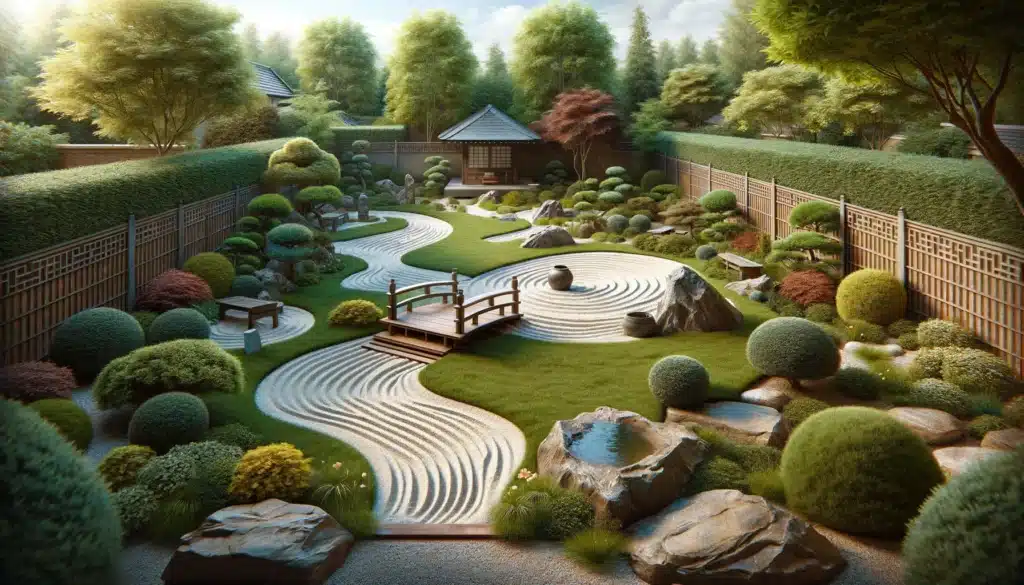
A Zen garden, a serene slice of tranquility, stands as a testament to simplicity and mindfulness.
Nestled in the heart of Japanese culture, it whispers tales of meditation and the art of Zen Buddhism, inviting onlookers into a world where nature and contemplation intertwine.
Picture this: you’re stepping into a space where every stone, every grain of sand, carries a deeper meaning. It’s more than just a garden; it’s a spiritual sanctuary designed to echo the natural landscapes that dot the Japanese countryside.
These zen gardens are a minimalist’s dream, stripped of the lush greenery typical of other garden varieties, focusing instead on rock formations, meticulously raked gravel, and the occasional moss or shrubbery to symbolize elements of nature.
The origins of Zen gardens trace back to the Zen Buddhist monks of the Muromachi period, who sought to create spaces that embodied the essence of Zen teachings. The simplicity of the design encourages observers to reflect inward, contemplating the very nature of existence.
The carefully placed rocks can represent mountains or islands, while the raked gravel or sand mimics the fluidity of water, creating an illusion of rivers and seas.
This harmonious blend of elements serves as a metaphor for life’s journey, emphasizing the importance of finding balance amidst the chaos.
Walking along the path of a Zen garden, one can’t help but feel a sense of calm wash over them. It’s as if time slows down, allowing you to breathe more deeply, to see more clearly the beauty in simplicity.
The garden’s layout is meticulously planned, yet it feels entirely natural, a testament to the gardener’s skill in capturing the essence of nature.
Zen Gardens Are A Sanctuary For Many Things
These zen gardens aren’t just for show; they’re spaces for meditation and reflection.
The act of raking the gravel, creating patterns that ebb and flow like the tides, is a form of moving meditation, a way to clear the mind and focus on the present moment.
It’s an invitation to let go of worldly concerns and dive into a deeper understanding of the self and the universe.
Zen gardens also embody the principle of wabi-sabi, the acceptance of imperfection and transience. The asymmetry and simplicity of the garden remind us that beauty can be found in the imperfect and the incomplete, teaching us to appreciate the beauty in the natural aging process and the cycles of life.
In today’s fast-paced world, zen gardens offer a haven of peace, a place to pause and reconnect with the natural world.
Whether you’re wandering through the stone paths of a sprawling garden in Kyoto or contemplating a miniature version on your desk, the essence of the Zen garden remains the same—a sanctuary of peace, mindfulness, and introspection.
Creating a Zen garden is an art form, a balance of design, philosophy, and spirituality. It’s a tangible representation of Zen Buddhism’s principles, a space where one can explore the depths of meditation and the art of mindfulness.
In every rock, every ripple in the sand, there’s a story, a lesson about embracing the present, finding balance, and celebrating the beauty of the natural world.
While there are many different styles of Zen gardens, they can generally be categorized into three main types: dry gardens, rock gardens, and tea gardens.
Types of Zen Gardens – Dry Gardens
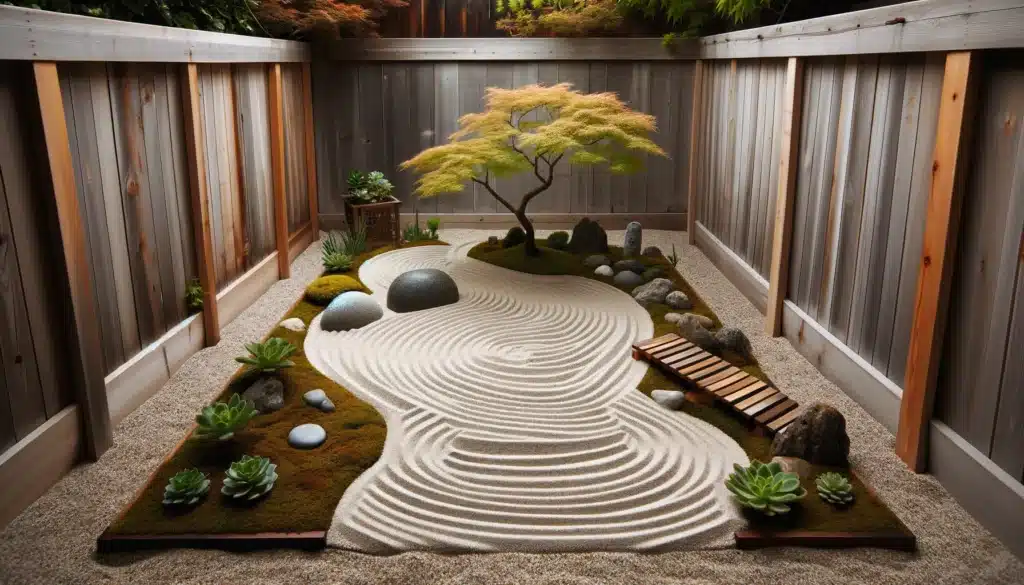
One of the most well-known types of Zen gardens is the dry garden, also known as a karesansui garden. These gardens are characterized by their use of gravel or sand, which is carefully raked to represent ripples in water.
The gravel or sand is often accompanied by strategically placed rocks, which symbolize mountains or islands. The simplicity of the design encourages focus on the patterns and textures created by the raked lines, fostering a sense of calm and mindfulness.
Dry gardens are typically found in temple complexes or meditation centers, where they serve as a focal point for reflection and contemplation.
The lack of vegetation in these gardens emphasizes the beauty of the natural elements, such as the rocks and the patterns in the gravel or sand.
Types of Zen Gardens – Rock Gardens
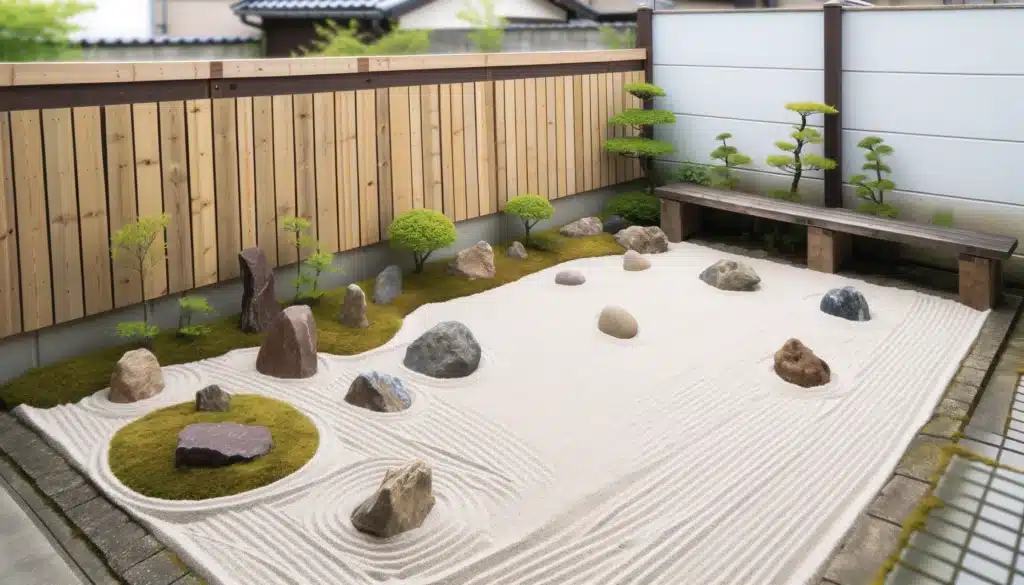
Another type of Zen garden is the rock garden. These gardens are similar to dry gardens in that they often feature gravel or sand and carefully placed rocks.
However, rock gardens also incorporate other elements, such as moss, small shrubs, and even water features.
The arrangement of rocks in a rock garden is meticulously planned to create a sense of balance and harmony. Each rock is chosen for its shape, size, and texture, and is positioned in a way that complements the overall design.
The addition of moss and other plants adds a touch of greenery to the garden, creating a contrast with the rocks and enhancing the natural beauty of the space.
Rock gardens are often found in larger Zen temple complexes, where they serve as a focal point for meditation and contemplation.
Types of Zen Gardens – Tea Gardens
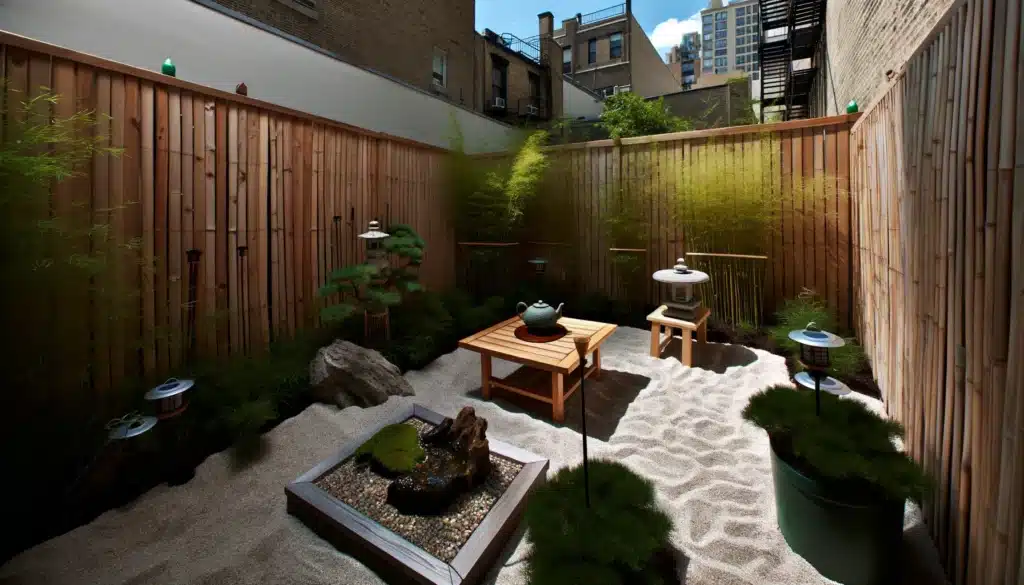
The third type of Zen garden is the tea garden, also known as a chaniwa. These gardens are specifically designed to enhance the tea ceremony, a traditional Japanese ritual that promotes mindfulness and tranquility.
Tea gardens typically feature a path that leads to a tea house, where the ceremony takes place.
The design of a tea garden is focused on creating a sense of anticipation and calm as visitors make their way to the tea house.
The path is often lined with carefully trimmed hedges, lanterns, and stepping stones, which guide the way and create a sense of rhythm and harmony.
The garden may also include a small pond or water feature, which adds a soothing element to the overall design.
Tea gardens are meant to be experienced slowly and mindfully, allowing anyone to fully immerse themselves in the ritual of the tea ceremony.
The careful design and attention to detail in these gardens help create a serene and contemplative atmosphere, perfect for finding inner peace.
Overall
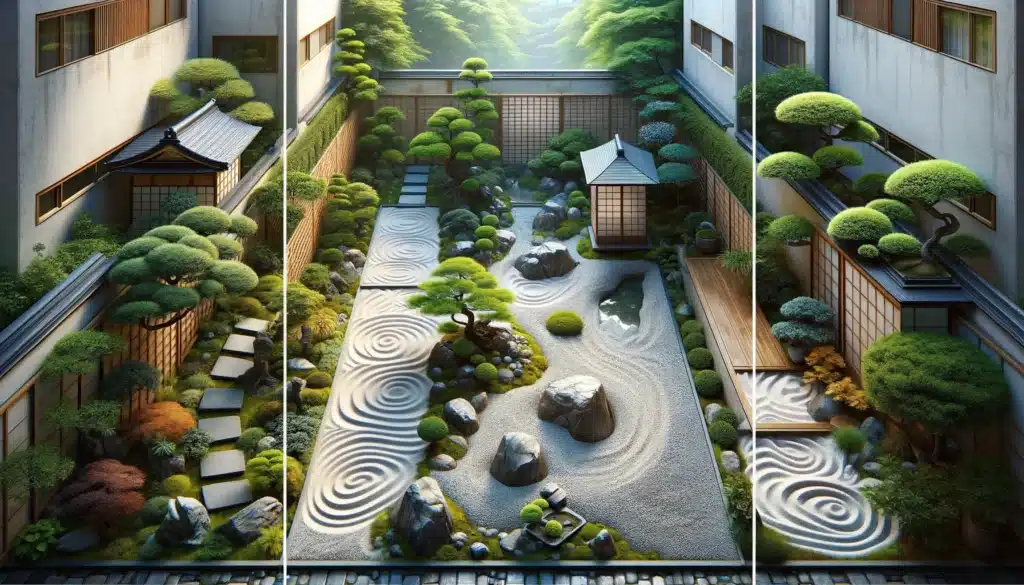
Whether you prefer the simplicity of a dry garden, the balanced beauty of a rock garden, or the tranquil ambiance of a tea garden, there is no denying the power of Zen gardens to promote relaxation and mindfulness.
These carefully crafted spaces offer a sanctuary from the chaos of everyday life, allowing you to connect with nature and find inner peace.
So, the next time you find yourself in need of a moment of calm, consider visiting a Zen garden or create your own and experience the transformative power of these serene spaces.

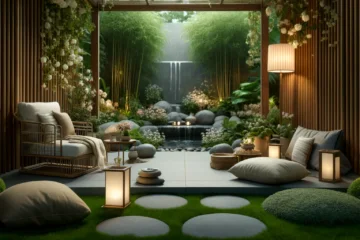
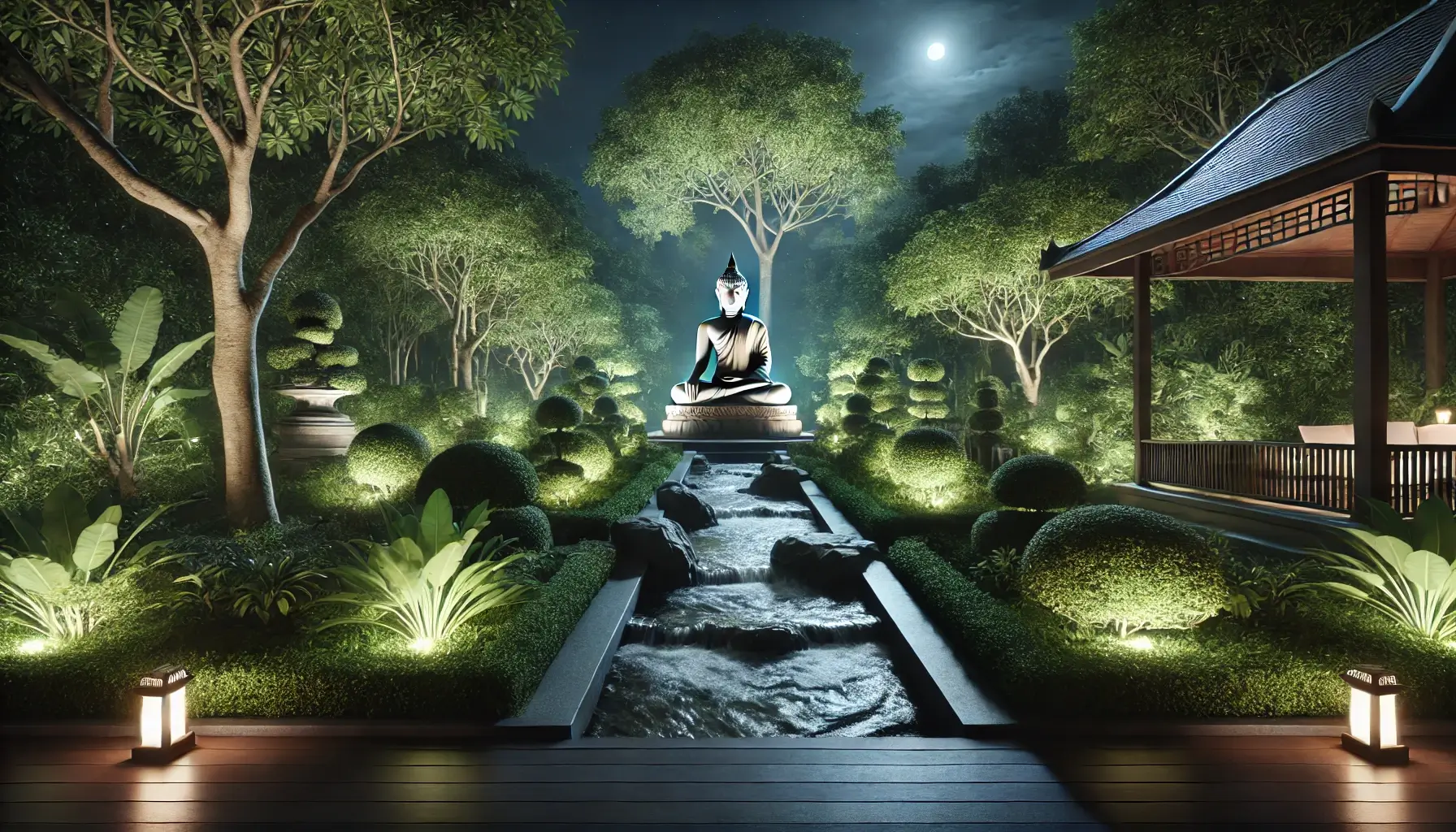
0 Comments